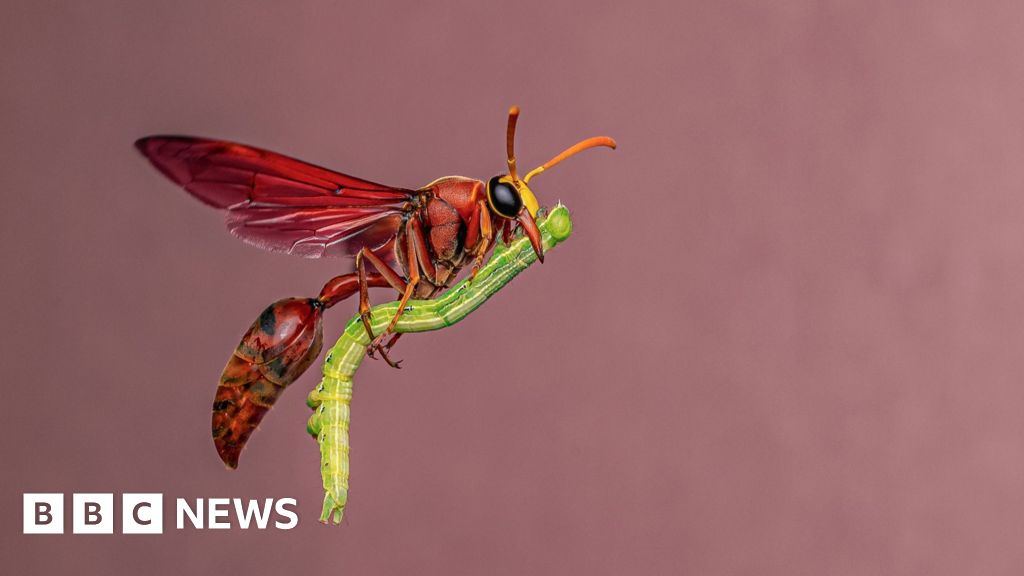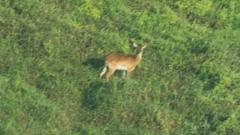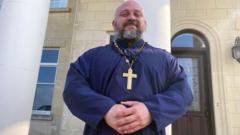Across the United States, a quiet revolution is unfolding in the realm of eternal rest, as cemeteries increasingly embrace naturalistic landscapes over traditional manicured lawns. This evolution is evident not only in major urban centers but also in rural burial grounds, reflecting a broader cultural shift enhanced by experiences during the pandemic.
Sites such as Green-Wood Cemetery in Brooklyn, one of the country's pioneering places of rest modeled after pastoral settings, are leading the charge. Groundskeepers, botanists, and community volunteers actively promote biodiversity by opting for native plants, allowing graceful grasses to flourish, and creating vibrant wildflower meadows. This recent trend signals a departure from convention, as various cemeteries across the nation enhance their ecological contributions.
During the height of the pandemic in 2020, many cemeteries experienced a surge in visitors seeking refuge and connection with nature. Laurel Hill Cemetery in Pennsylvania, for instance, saw its visitation rates soar as people yearned for tranquil outdoor experiences in a time of uncertainty. Simultaneously, Green-Wood recorded approximately 200,000 new visitors in its sprawling 478-acre grounds, turning solemn spaces into cherished community parks.
Cemeteries’ large green spaces offer vital habitats for wildlife, promoting a harmonious coexistence of flora and fauna. In this new approach, landscape management now includes encouraging growth, resisting invasive species, and reducing herbicide use, promoting healthier ecosystems. Joseph Charap, the vice president of horticulture at Green-Wood, notes the significant shift in public perception, as community members are increasingly drawn to the beauty of these rewilded spaces.
As cemeteries redefine their roles from mere resting places to flourishing wildlife sanctuaries, they invite broader discussions on sustainability and environmental stewardship. This transformative journey reaffirms the idea that life continues even in places meant for the departed, ushering in a new legacy grounded in nature and community.




















